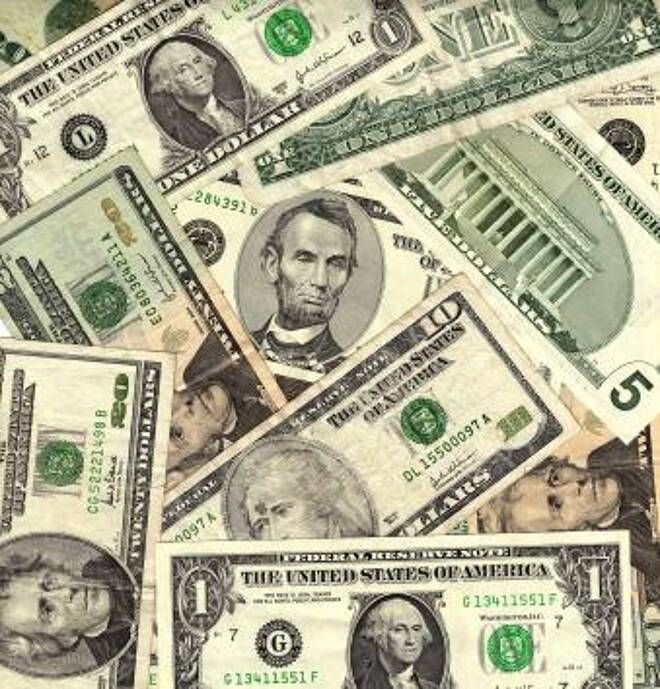Advertisement
Advertisement
Fed Minutes, China Manufacturing Set Off Volatile Reactions
By:
Two events created volatility in the financial markets last week. The first was the release of the U.S. Federal Reserve minutes for its July meeting. The
Two events created volatility in the financial markets last week. The first was the release of the U.S. Federal Reserve minutes for its July meeting. The second was the release of a weak report on Chinese manufacturing data.
The markets were relatively calm to open the week as many investors took to the sidelines ahead of the release of the Fed minutes on August 19. Japan opened the week with the release of preliminary GDP data. GDP came in at -0.4% versus the forecast of -0.5%. It was also well below the previous reading of 1.0%.
On August 18 the Reserve Bank of Australia released its latest minutes without much fanfare. The minutes showed that the RBA members were satisfied with the price of the Australian Dollar, diminishing the probability of another rate cut before the end of the year.
Later in the day, the U.K. released better-than-expected consumer inflation data. The CPI report showed that inflation rose 0.1% versus an estimate of 0.0%. This news helped underpin the British Pound, but the GBP/USD investors were disappointed later in the week by a weak U.K. retail sales report which showed a 0.1% gain versus a 0.4% estimate.
On Wednesday, shortly before the release of the Fed minutes, the U.S. reported weaker than expected consumer inflation data. The CPI report showed a modest gain of 0.1% versus an estimate of 0.2%. Crude oil futures reached a 6 ½ low after the U.S. Energy Information Administration weekly inventories report showed a 2.6 million barrel increase versus a 600,000 barrel drawdown.
These reports elicited normal responses from traders, however, this was about to change with the release of the Fed minutes on Wednesday.
Volatility returned to the markets on Wednesday after the minutes of the Fed’s July policy meeting left mixed messages about whether central bank officials are leaning toward or against a rate increase at their next meeting in September. This came after several months of suggesting they were prepared to raise rates for the first time since 2006.
Most Fed members believe the economy was approaching the point of a rate hike, but that it was not quite there yet. The minutes, however, also showed that officials had wide-ranging views about making the move to hike rates. The general feeling among investors is that the Fed is still concerned about inflation and its ability to reach the 2 percent mandate.
The mixed message in the Fed minutes helped drive down U.S. equity markets as well as the U.S. Dollar. The minutes triggered strong rallies by the EUR/USD and gold.
The volatile reaction to the Fed minutes was relatively mild compared to the reaction to the release of more bad economic data from China on Friday. World stocks tumbled towards their worst week of the year with the U.S. Dow and NASDAQ indices officially entering the “correction phase”.
The U.S. Dollar also broke sharply on the news that Chinese manufacturing activity had reached its lowest level in 77 months. The Caixin Markit Flash Manufacturing PMI fell from 47.8 last month to 47.1. Any reading below 50 signals a contraction.
Gold soared and the Euro rose to its highest level in several months to finish the week as traders priced in the possibility of a Chinese recession. In addition, the volatility on Friday in the U.S. equity markets added to doubts that the U.S. Federal Reserve will raise interest rates next month.
This week begins with increasing worries about China. Traders are worried that China will return to the foreign currency markets in an effort to stabilize its stock market. Two weeks ago, the People’s Bank of China devalued the Yuan three times. The reactions to this event are still on the minds of investors, which likely means a jittery opening on Monday.
About the Author
James Hyerczykauthor
James Hyerczyk is a U.S. based seasoned technical analyst and educator with over 40 years of experience in market analysis and trading, specializing in chart patterns and price movement. He is the author of two books on technical analysis and has a background in both futures and stock markets.
Advertisement
